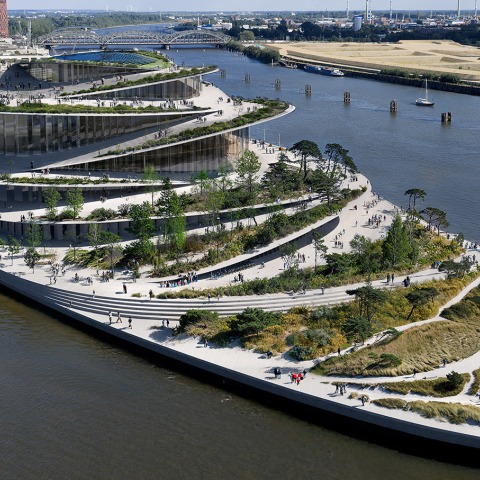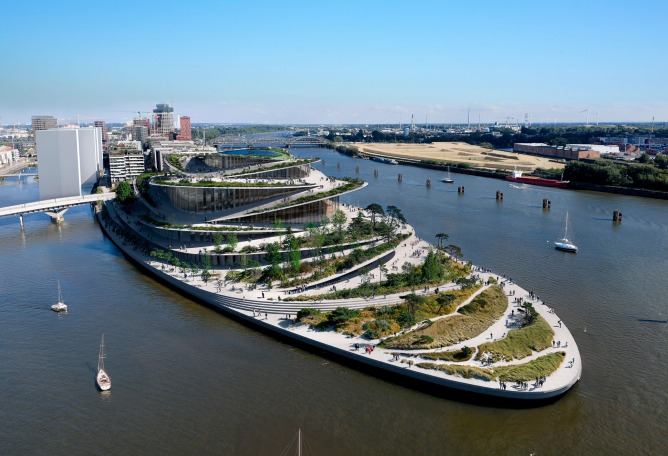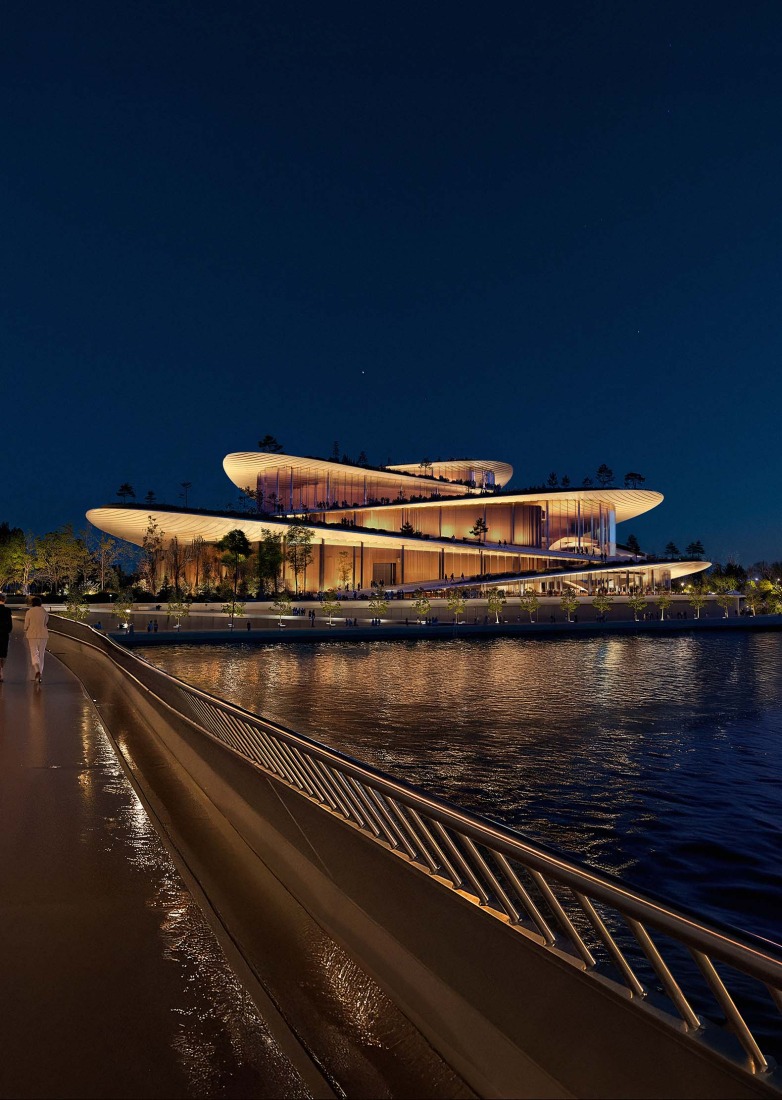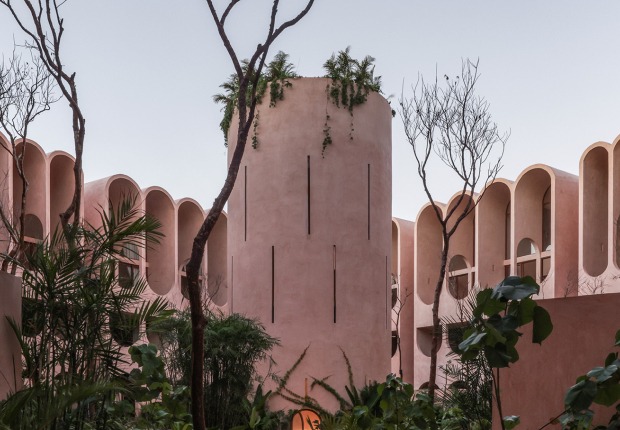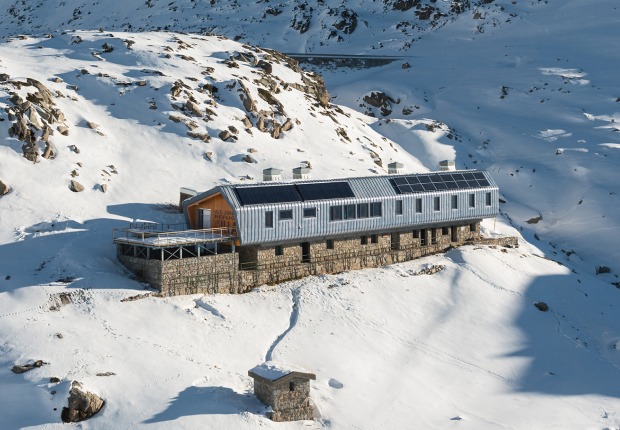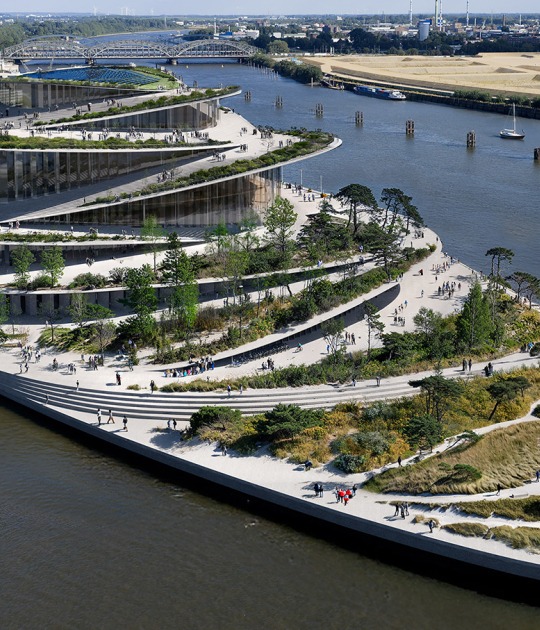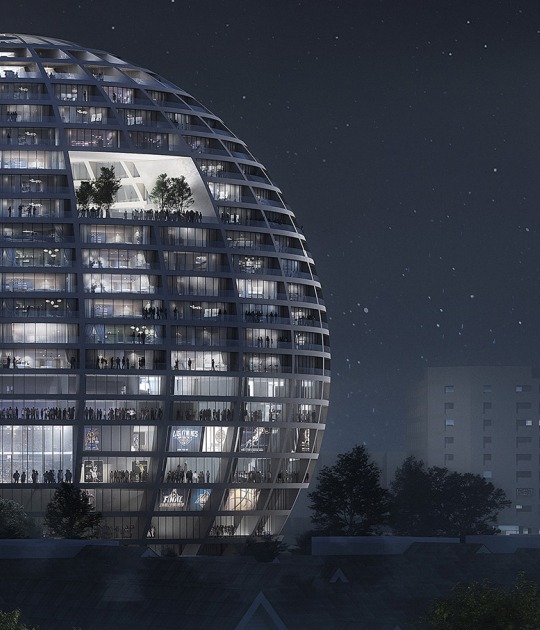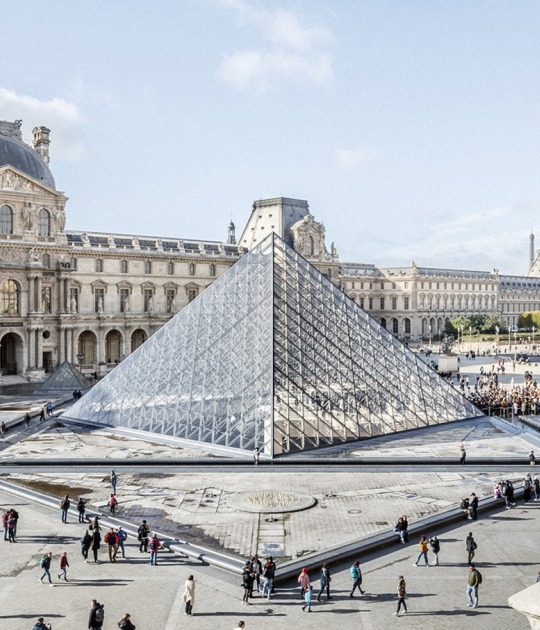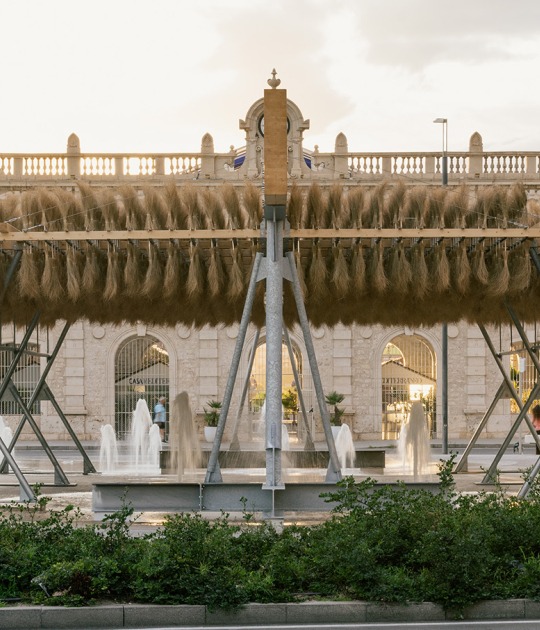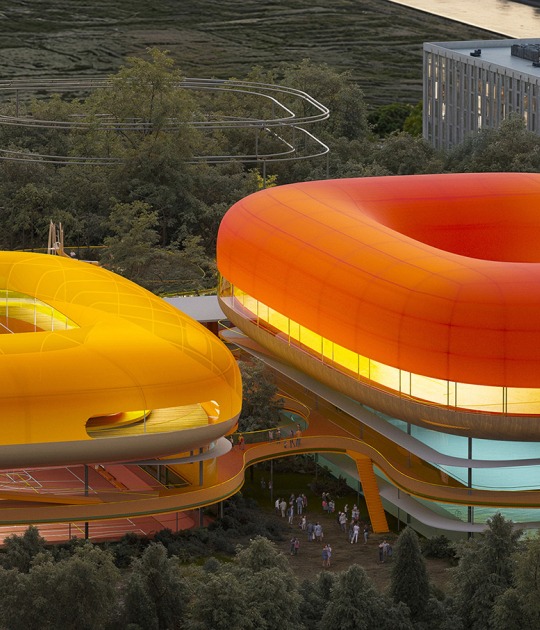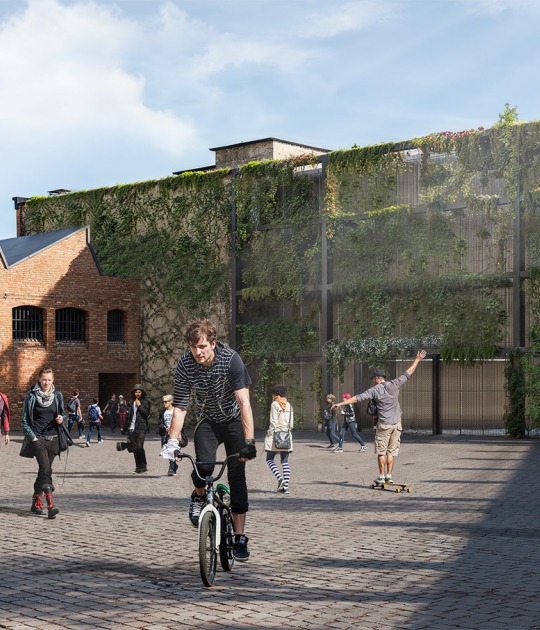The new theater designed by BIG – Bjarke Ingels Group will have 45,000 m² and will replace the old State Opera building located on Dammtorstraße, built in the 1950s. The new facilities will provide a modern space that meets current acoustic, spatial and technical standards.
“The new Hamburg State Opera inhabits an island at the heart of HafenCity bookended by the vertical landmarks of Elbturm and Elbphilharmonie.
The opera will appear like a landscape of concentric terraces – emanating like soundwaves from a central beating heart of music, expanding outward into the harbor like ripples on the surface of the sea. The result is a three-dimensional public park open and accessible from all sides, with expansive views in all directions – to the old city and the new, to Lohse Park and the industrial port.
We are honored to have been chosen to imagine this key puzzle piece in the transformation of Hamburg’s HafenCity, and we are deeply grateful to Herr und Frau Kühne to be entrusted to turn their generosity into the city’s new epicenter for the performing arts.”
Bjarke Ingels, Founder & Creative Director, BIG.
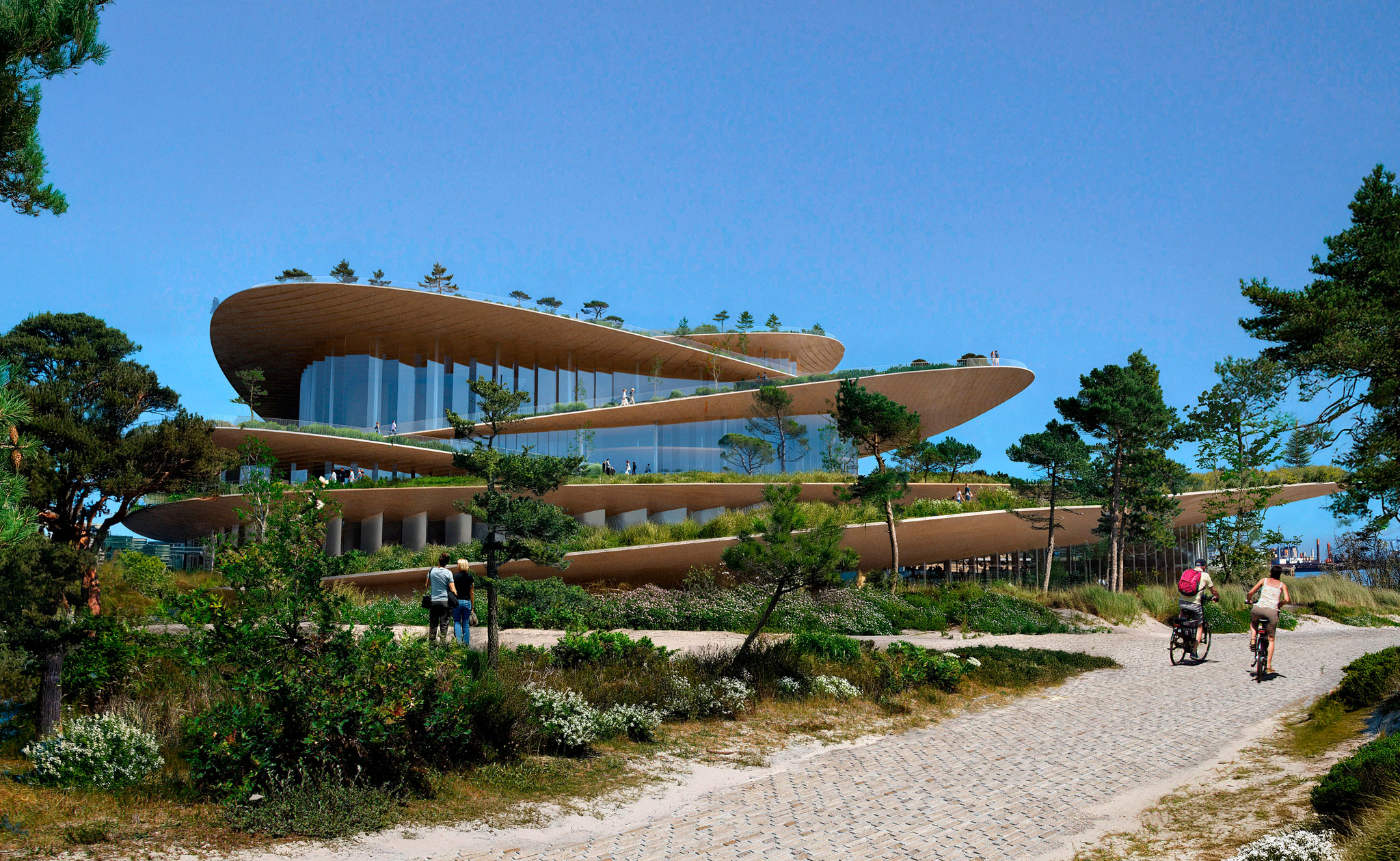
Hamburg State Opera by BIG. Renderings by Yanis Amasri Sierra, Madrid, Spain.
Conceived as a public building within a park, the opera house unfolds as a series of terraces rising from the water's edge. From a bird's-eye view, the roof traces a continuous circular spiral that opens towards the harbor. This sculpted topography offers pathways that traverse the building vertically, from the quayside to elevated gardens, creating open-air meeting spaces and a new public link between the city and the river.
Visitors can access the opera house from various directions on foot, by taxi, or by bus: through the park, from the quayside, or directly from "Opera Street" next to the Baakenhafenbrücke bridge. The park's stone paving extends into the main foyer, which functions as an urban living room, where two central wooden staircases guide visitors through the building. All the main floors have direct access to outdoor terraces, which can be transformed into arrival points, event spaces, and meeting places for artists, guests, and visitors.

Hamburg State Opera by BIG. Renderings by Yanis Amasri Sierra, Madrid, Spain.
At the heart of the building, the main hall gathers the audience and performers within a room of gently curved balconies. Bands of horizontally layered timber wrap the interior, creating a continuous surface that carries sound evenly through the space.
“The main hall is the heart of the project - a space with state-of-the-art acoustics and perfect sightlines to the stage. Immersive concentric wooden rings shape the hall and its balconies, dissolve the boundaries between spectators and artists, between reality and fiction.”
Jakob Sand, Partner, BIG.

Hamburg State Opera by BIG. Renderings by Yanis Amasri Sierra, Madrid, Spain.
Behind the main hall, a smaller studio stage, rehearsal rooms, and back-of-house areas are arranged for direct connection to the stage, allowing artists to move fluidly between practice and performance and to ensure an efficient flow of activity throughout the building.
“The new state opera is an invitation to the public to experience their city, the harbor and the opera from a new perspective. Visitors can move along the facades and glimpse into the foyer, rehearsal rooms, backstage areas and offices, revealing the complexity behind a working opera house. With no back side and indoor levels connected to the three-dimensional landscape, the building is open toward its surroundings on all fronts.”
David Zahle, Partner, BIG.
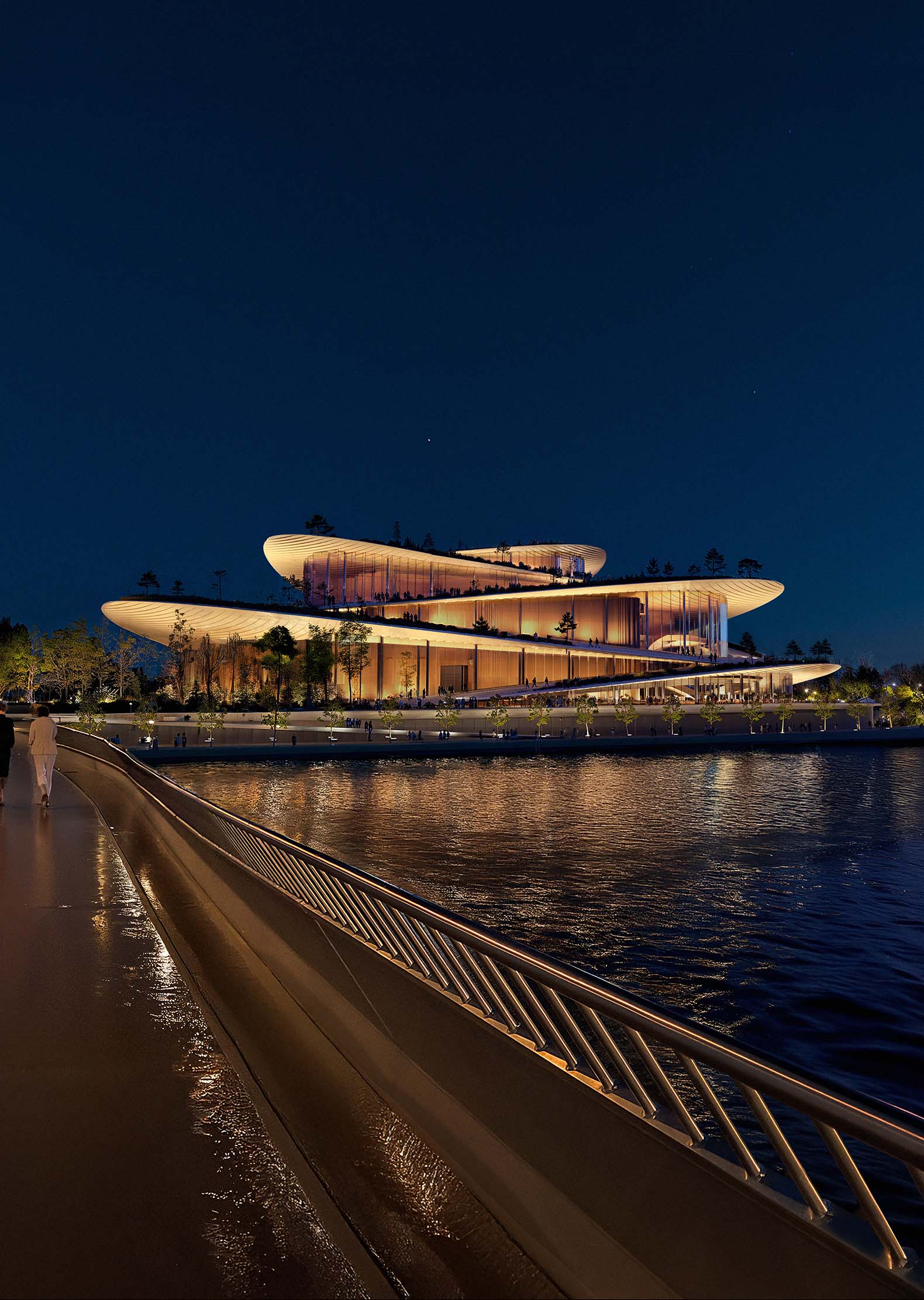
Hamburg State Opera by BIG. Renderings by Yanis Amasri Sierra, Madrid, Spain.
Shaped by the movement of the water, the surrounding park is designed by BIG Landscape and manages storm surges through sloping terraces, vegetated dunes, and wetland gardens that slow and absorb the flow. Basins collect and retain rainwater, creating habitats for amphibians, aquatic plants, and local species. The combination of tidal zones, resilient vegetation, and permeable surfaces supports biodiversity and forms a living landscape that adapts to the changing rhythms of the Elbe.
